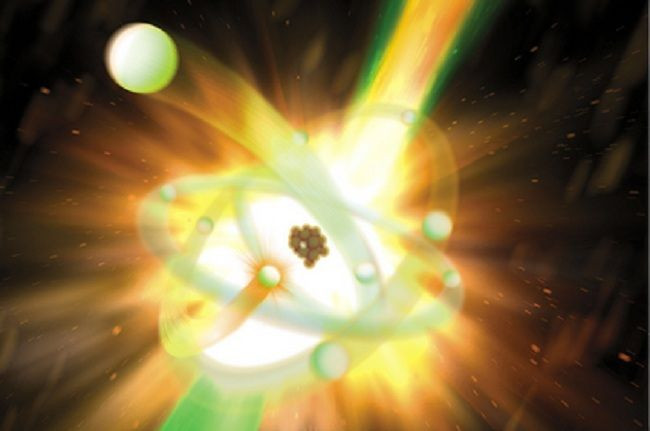Consciousness Could Be the Effect of Quantum Mechanical Phenomena

Despite millennia of philosophical inquiry, a comprehensive theory of consciousness has yet to be universally accepted. In neuroscience, much of it remains a mystery, as the production of experimental evidence often seems out of reach. Now, a group of scientists believe that the key to understanding self-awareness might be found by venturing beyond biology, into the field that has preoccupied physicists for the past century: quantum mechanics.
The idea, which currently remains on a conceptual level, was announced at the Global Future 2045 International Congress earlier this month. LiveScience reports that physicist Roger Penrose, of the University of Oxford, and Stuart Hameroff, of the University of Arizona, proposed that consciousness follows the same rules as quantum computing, where the mind-boggling phenomena observed in the quantum realm are used to perform tremendously complex calculations in no time – literally.
The quantum realm, which refers to the atomic and subatomic levels, is home to a number of dizzying effects that all contradict pretty much everything we think we know about reality. Here, particles give the impression of going back in time and reversing past activity, being in two places at once, and exhibiting contradictory behavior simultaneously. Through a process called “quantum entanglement,” two particles can supposedly become interlinked and continuously affect each other, even when separated by substantial distances.
Professor Penrose’s work originates in a deceptively simple, yet elegant, hypothesis: according to the mathematician Kurt Godel’s incompleteness theorem, certain results cannot be proven by computer algorithms. But human mathematicians can prove "Godel-unprovable" results. Therefore, the human mind must be thought of as something that transcends common computation models. Penrose suggests that in order to achieve these higher abilities, the brain must rely on quantum mechanics.
Hameroff read Penrose’s work and suggested that microtubules -- small fibrous structures that underpin cells – may be capable of carrying out such computations. Together, Penrose and Hameroff began working on what they called the Orchestrated Objective Reduction (Orch OR) model, which examines how quantum mechanical phenomena could be applied to activity within these structures.
However, their work is yet to be grounded in experimental results – and many scientists object that the physical environment of the brain simply cannot sustain quantum mechanical activity. "Many people seem to feel that consciousness is a mystery and quantum mechanics is a mystery, so they must be related," physicist Max Tegmark of MIT told LiveScience.
Yet, if Penrose and Hameroff’s work can one day be evaluated and confirmed through rigorous, concrete experimentation, it would undoubtedly represent a significant step towards a general theory of consciousness, as well as an answer to what thinking really means.



























